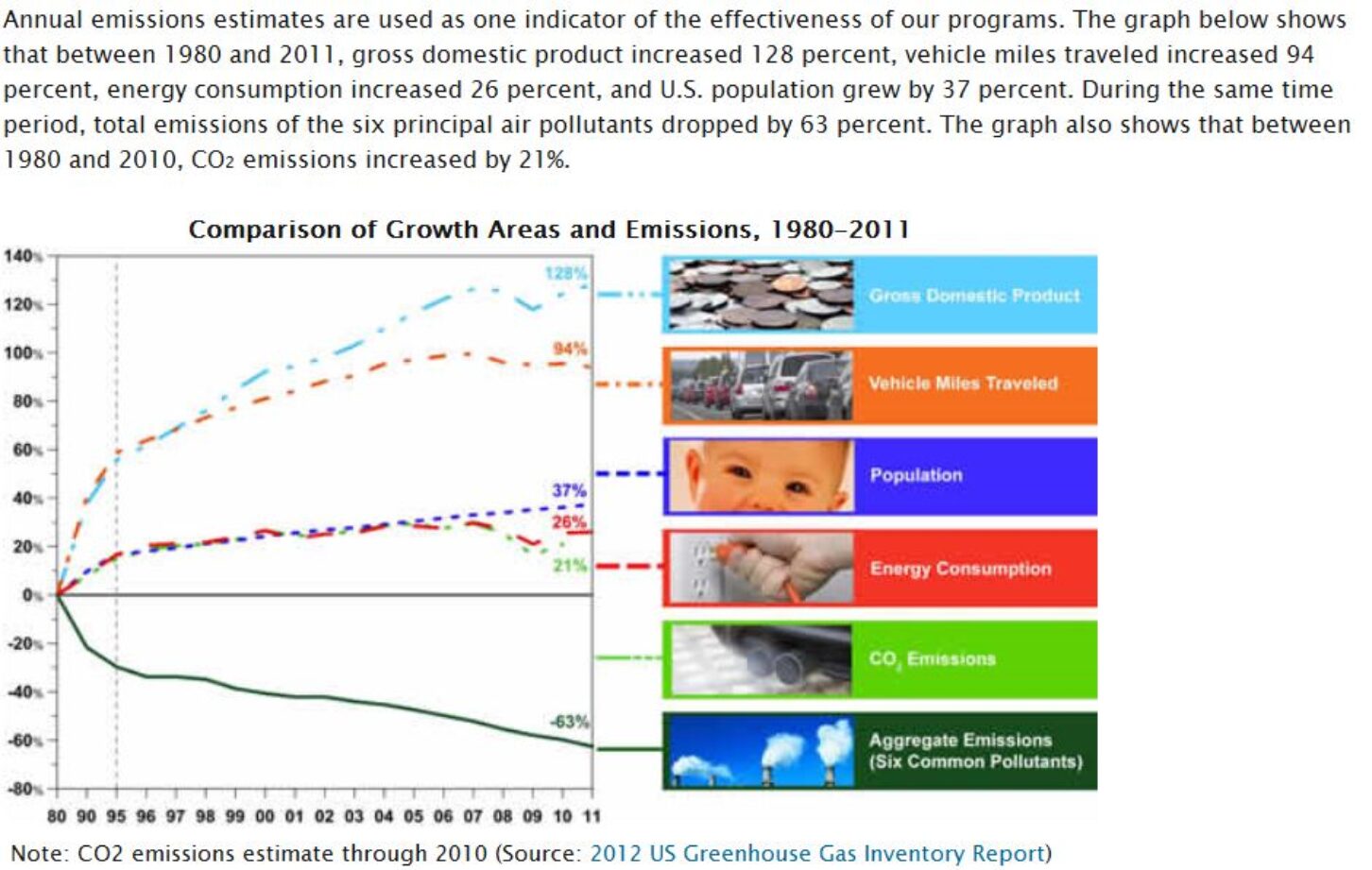
By Benita M. Dodd

Vice President
Georgia Public Policy Foundation
The federal Environmental Protection Agency is marking Asthma Awareness Month with its usual hooplah about how “cleaner air” will reduce asthma attacks and is honoring “leading asthma management programs for their efforts to improve the lives of people with asthma in underserved communities.”
It’s true that asthma numbers are increasing. And that may once have been caused by outdoor air quality problems. But if the air quality was the issue, don’t you think that by now there would be fewer, not MORE people with asthma? After all, it’s the EPA that reports how air quality has improved over the decades. And yet … this is in the EPA’s press release today:
“Today one out of every 12 people suffers from asthma – and the numbers are increasing year after year,” said EPA Acting Administrator Bob Perciasepe. “With President Obama’s support, EPA has taken commonsense steps towards cleaner air, which translates to fewer asthma attacks and instances of other respiratory diseases. As we mark Asthma Awareness Month, we call on all Americans to learn more about the easy ways they can avoid asthma triggers and prevent future attacks from happening to them or their loved ones.”

“The economic costs of asthma amounts to more than $56 billion per year from direct medical costs and indirect costs, such as missed school and work days. During President Obama’s administration, EPA has made significant progress in improving air quality. In 2012, EPA strengthened (what that means is EPA made it tougher and costlier for communities to meet ) the national standard for fine particle pollution, often called soot, which has been linked to a wide range of serious health effects including aggravated asthma. In 2011, former EPA Administrator Lisa P. Jackson signed the Mercury and Air Toxics Standards (MATS), which will help avoid 130,000 cases of aggravated asthma by 2016. “
How that number was derived is anyone’s question. Asthma is indeed a national epidemic, reportedly affecting nearly 26 million people, including 7 million children and disproportionally affecting low income and minority communities. But when EPA’s regulations raise the cost of doing business and raise the cost of goods and utilities for families, who do you think is hurt most? The low-income and minority families who are trying to lift themselves out of poverty, out of homes that may be old, dirty, dusty or cockroach-infested. All these are asthma triggers, and EPA itself admits that indoor pollution hurts far more than outdoor pollution!
Instead, EPA raises the bogeyman of smog days … code red days … encouraging people to stay inside, where all those asthma triggers can actually do far worse to sensitive individuals.
“3. Pay attention to air quality. Exposure to ozone and particle pollution can cause asthma attacks. When air quality is low, people with asthma may want to stay indoors, use air conditioning instead of open windows, and avoid outdoor activity. Check local air quality conditions and download an Air Quality Index app for smart phones.”
Instead of burdening families and businesses with costly regulations, and “strengthening” regulations as soon as communities appear to have a chance of meeting them, EPA needs to step back from its mission creep. Congress needs to rein in EPA. We need to end this legislation by regulation.
As for asthma: Just as I heard a couple of days ago, the parent who licks off the pacifier that their infant just dropped is doing baby a whole lot of good, helping its immunity by introducing a few harmless germs. Really, it’s time to let our little ones improve their immune systems by playing outside … and playing in the dirt again.